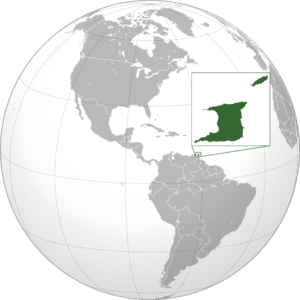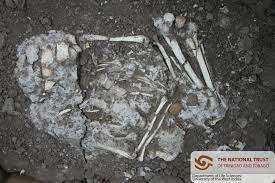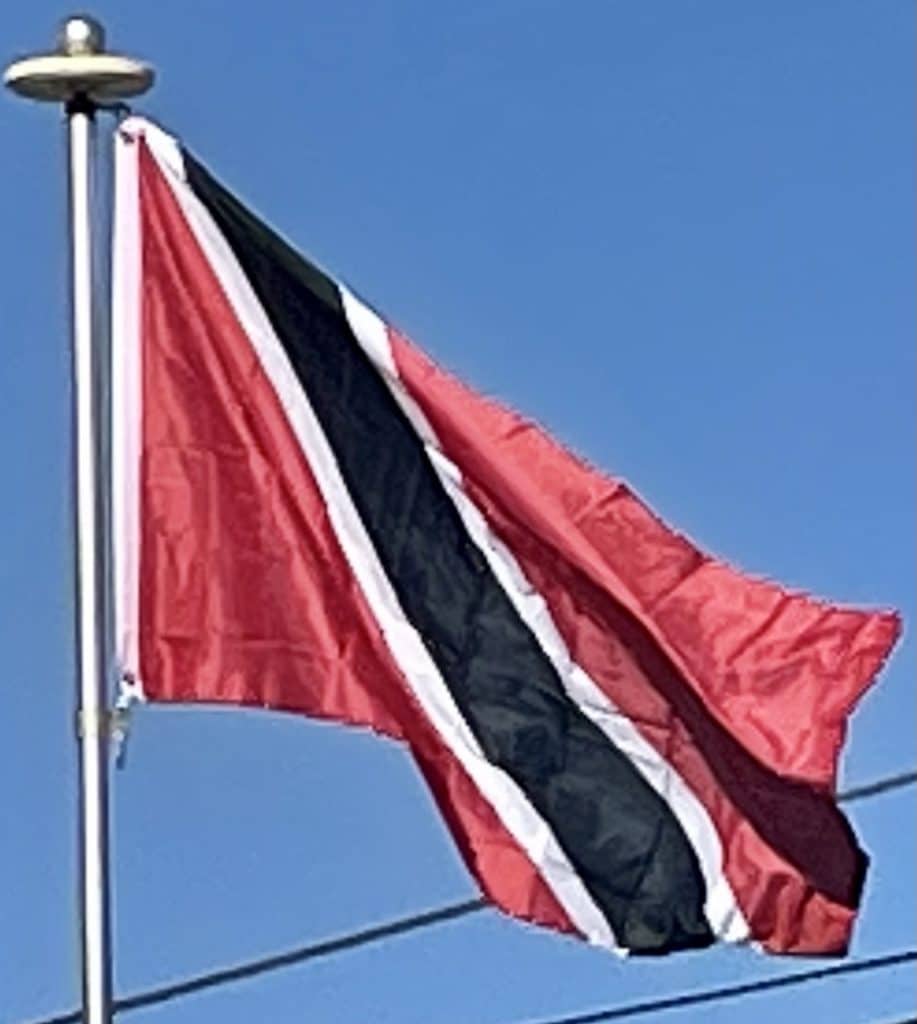Introduction:
Trinidad and Tobago, officially the Republic of Trinidad and Tobago, is the southernmost island country in the Caribbean and is known for its fossil-fuel wealth. Consisting of the main islands Trinidad and Tobago, and numerous much smaller islands, it is situated 130 kilometers (81 miles) south of Grenada and 11 kilometers (6.8 miles) off the coast of northeastern Venezuela. It shares maritime boundaries with Barbados to the northeast, Grenada to the northwest and Venezuela to the south and west.

The island of Trinidad was inhabited for centuries by native Amerindian peoples before becoming a colony in the Spanish Empire, following the arrival of Christopher Columbus in 1498. Spanish governor José María Chacón surrendered the island to a British fleet under the command of Sir Ralph Abercromby in 1797. During the same period, the island of Tobago changed hands among Spanish, British, French, Dutch and Courlander colonists more times than any other island in the Caribbean.Trinidad and Tobago were ceded to Britain in 1802 under the Treaty of Amiens as separate states and unified in 1889. Trinidad and Tobago obtained independence in 1962, becoming a republic in 1976.
Trinidad and Tobago has the third highest GDP per capita based on purchasing power parity (PPP) in the Americas after the United States and Canada. It is recognized by the World Bank as a high-income economy. Unlike most Caribbean nations and territories, which rely heavily on tourism, the economy is primarily industrial with an emphasis on petroleum and petrochemicals; much of the nation’s wealth is derived from its large reserves of oil and natural gas.
Trinidad and Tobago is well known for its African and Indian cultures, reflected in its large and famous Carnival, Diwali, and Hosay celebrations, as well being the birthplace of steelpan, the limbo, and music styles such as calypso, soca, rapso, parang, chutney, and chutney soca.
History:
Indigenous Peoples:
Both Trinidad and Tobago were originally settled by Amerindians who came through South America. Trinidad was first settled by pre-agricultural Archaic people at least 7,000 years ago, making it the earliest settled part of the Caribbean. Banwari Trace in south-west Trinidad is the oldest attested archaeological site in the Caribbean, dating to about 5000 BC.

Several waves of migration occurred over the following centuries, which can be identified by differences in their archaeological remains. At the time of European contact, Trinidad was occupied by various Arawakan-speaking groups including the Nepoya and Suppoya, and Cariban-speaking groups such as the Yao, while Tobago was occupied by the Island Caribs and Galibi. Trinidad was known to the native peoples as “Ieri” (“Land of the Humming Bird”).
European Colonization:
Christopher Columbus was the first European to see Trinidad, on his third voyage to the Americas in 1498. He also reported seeing Tobago on the distant horizon, naming it Bellaforma, but did not land on the island.
In the 1530s Antonio de Sedeño, a Spanish soldier intent on conquering the island of Trinidad, landed on its southwest coast with a small army of men, intending to subdue the Amerindian peoples of the island. Sedeño and his men fought the native peoples on many occasions, and subsequently built a fort. The next few decades were generally spent in warfare with the native peoples, until in 1592, the “Cacique” (native chief) Wannawanare (also known as Guanaguanare) granted the area around modern Saint Joseph to Domingo de Vera e Ibargüen, and withdrew to another part of the island. The settlement of San José de Oruña was later established by Antonio de Berrío on this land in 1592. Shortly thereafter the English sailor Sir Walter Raleigh arrived in Trinidad on 22 March 1595 in search of the long-rumoured “El Dorado” (“City of Gold”) supposedly located in South America. He attacked San José, captured and interrogated Antonio de Berrío, and obtained much information from him and from the Cacique Topiawari; Raleigh then went on his way, and Spanish authority was restored.

